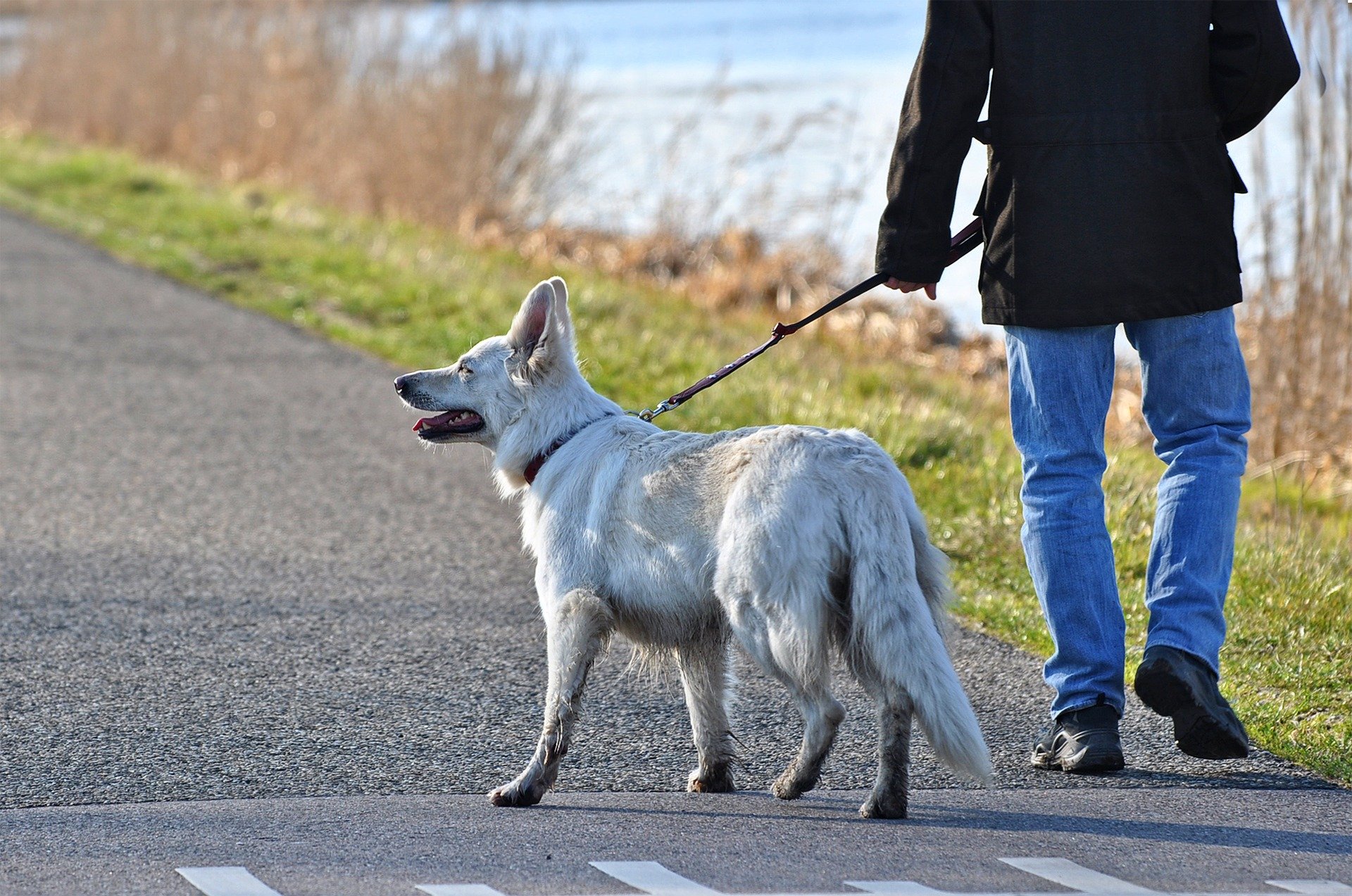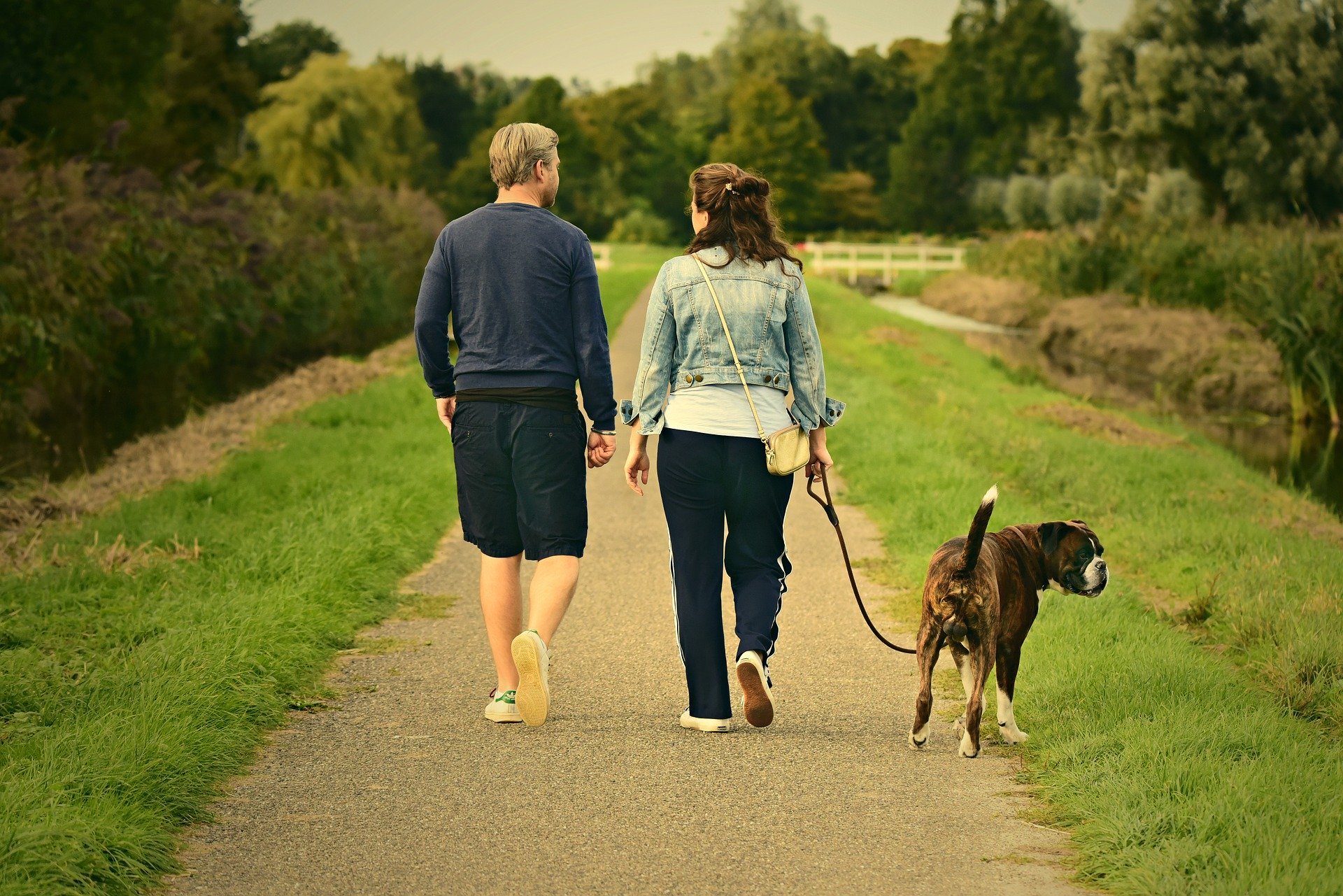- Not a substitute for professional veterinary help.
We all can appreciate how wonderful it is to take a stroll outside whether you’re someone with two legs or a furry someone with four. It’s essential to make those precious moments in nature (or on city or suburban sidewalks) smooth and enjoyable.
That’s why it can be so frustrating when you have a dog who just won’t seem to chill out. Is there a reason why some dogs can’t resist yanking on their leash the entire time they’re outdoors? Well, come to find out—maybe there is.
What Exactly Is Dog Opposition Reflex?
You may have heard this term tossed around your own dog-loving community (especially when it comes to walking your pup on leash): “dog opposition reflex.” Though not everyone is a fan of this phrase since it’s not technically a reflex, we’re seeing it mentioned more often, so we wanted to explain.
Russian scientist Ivan Pavlov is often called the first to “discover” dog opposition reflex, although he referred to it as the “Freedom Reflex.” As dog trainer Eileen Anderson explains, Pavlov performed a simple experiment wherein he placed a dog on a stand. When it eventually struggled to get free, he decided this expressed a special reflex. Though this seems like an obvious reaction (what animal doesn’t want to escape restraints?), that’s thought to be the term’s origin.
In modern days, we refer to “dog opposition reflex” when talking about your pup pulling on their leash—urging you to hurry along and creating a tug-of-war game that can put a damper on your walk together.
So, Why Does This Happen?
There are several theories about why opposition reflex happens.
The first boils down to animal instinct. Certified dog trainer (and author of Brain Training for Dogs), Adrienne Farricelli, discusses how a dog’s predatory instinct can cause them to “instinctively revert to a fight, freeze, or flight mode.” This means that when you pull your dog in a certain direction, his immediate instinct is to pull away or fight back.
Plus, puppies get used to a tight leash if they learn early on that pulling when they walk can get them what they want (snacks on the ground, sniffs from another puppy friend, etc.)—which accidentally encourages their opposition reflex.
The American Kennel Club also has some thoughts on opposition reflex, pointing out that dogs aren’t resisting you just to be stubborn. It’s merely how their bodies naturally want to respond to being pulled.
Essentially, dogs are curious creatures who live to explore and sniff, and don’t understand why in the world you’d be holding them back from that.
Behavioral Opposition Reflex Solutions
But have no fear! There are some things you can do to face this situation head-on. And no, we’re not talking about prong collars, choke collars, or any other tools that attempt to change your dog’s behavior through pain (those are all things you should avoid). We’ve gathered together some helpful and healthy techniques that just might work for your own feisty, four-legged friend:
1. Stop walking when they pull
Two veterinarians at VCA Hospitals recommend this method because it teaches your dog they get their reward—moving forward on the walk itself—when the leash is slack, but they don’t get what they want (to keep going) when they pull.
It requires some patience on your end, but should eventually teach your pet what you’re looking for.
2. Teach your dog obedience cues
Obedience cues like “heel” or “steady” can also help your dog understand what you’re asking for if they’re trained in advance properly. A training class or low-interruption enclosed space like a backyard is a good place to work on these tricks.
3. Try calling their name
Another piece of advice from dog trainer Jolanta Benal at Quick and Dirty Tips: When your dog pulls, take a quick step forward to release the tension on their neck, and while the leash is loosened, call their name.
When they look at you, shower them with praise and attention.
4. Start off-leash
The American Kennel Club (AKC) suggests starting with off-leash walks, where you call your dog’s attention, reward them with a treat for coming to your side, and give them intermittent rewards for staying with you before letting them go again back to their own play.
A Few More Tips to Keep in Mind
Still feeling a little in the dark about how to deal with your pup’s opposition reflex? Here are a few more tips and tricks that’ll get you confidentially out and about:
- Don’t use a retractable leash! There are lots of reasons these should be avoided, but with walk training, they’re especially detrimental because they teach dogs that the more they pull, the more freedom they receive.
- Make your footsteps heavy when your dog pulls as an indicator you’re going to stop. This gives them a cue that they can learn from and an opportunity to stop pulling.
- Watch videos from trainers on the best way to walk your pup!
- Don’t forget to be patient—just like anything, teaching your dog a new way to walk can take time. You’ll get there!






